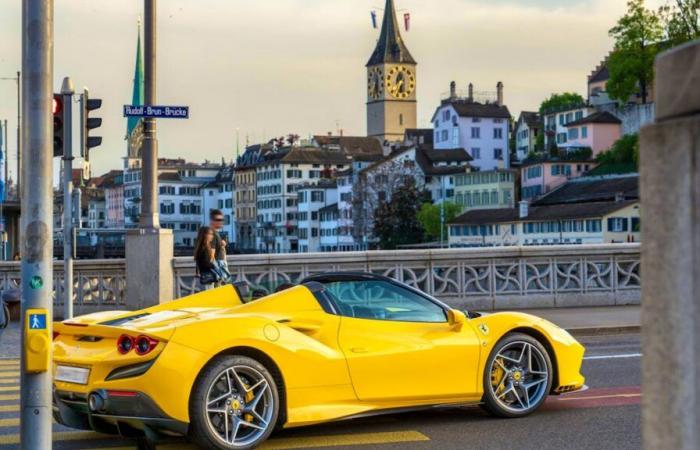Assets in Switzerland: That’s what it’s all about
-
Since the turn of the millennium, wealth inequality in Switzerland has increased significantly.
-
Almost a fifth of households in Switzerland cannot cover unexpected expenses of 2,500 francs.
-
Income differences have been stable for 100 years, but perceived inequality is growing.
The richest people in Switzerland have never had as much money as they do today. The 300 wealthiest people own 834 billion francs. Switzerland is one of the richest nations in the world. But the wealth differences in the country are becoming ever greater.
The gap has been opening since the turn of the millennium, as the distribution radar from the Institute for Swiss Economic Policy at the University of Lucerne shows. In 2004, the richest one percent of Switzerland still owned 35 percent of the country’s total wealth. In 2020, however, it was already 44 percent. The growth over these years is 15 percent.
The richest ten percent of Switzerland combined around 78 percent of the country’s total assets in 2021. In the canton of Uri, 61.5 percent of assets were held by the top 10 percent, while in the canton of Nidwalden this share was as high as 90 percent and in Basel-Stadt it was 89.5 percent.
The difference with pension fund money
The Institute for Economic Policy did not take pension fund assets into account. Then the wealth difference would be smaller, but here too the gap is widening. Taking pension fund assets into account, the richest one percent of households held around 30 percent of total assets in 2020 – compared to 22 percent in 2000.
The study authors write that wealth inequality in Switzerland is comparatively high. The top 10 percent have a higher share of total wealth than in other countries such as the USA or France.
Currently, around one in five tax-paying households has zero assets. 18.5 percent would not be able to pay an unexpected expense of 2,500 francs within a month.
They cite the increases in the book value of securities and real estate as the reasons for this. The inflow of foreign assets also contributes to this.
The income differences, however, have remained almost the same for around 100 years. On average, the top ten percent of earners account for around 30 percent of all income, while the top one percent earns around ten percent of the total income. This puts Switzerland in the middle of the OECD countries.
While actual income inequality remains stable, perceived inequality among the population is increasing. The traditional image of middle-class society is coming under increasing pressure in public discussion.
That’s why almost 23 percent of those surveyed now agree that the government should reduce income differences. In 1987 it was only twelve percent.
Are you following 20 Minutes Business on Whatsapp?
Here you get the latest news from the business world and the hottest updates on consumer topics directly to your cell phone.






